Makerspace learning at Proctor Elementary
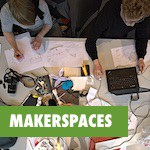 In this final post of our series on how maker-centered learning can help students develop transferable skills, we take a look at Integrative and Informed Thinking.
In this final post of our series on how maker-centered learning can help students develop transferable skills, we take a look at Integrative and Informed Thinking.
During EMMA’s visit to Proctor Elementary School, in Proctor VT, the potential for maker-centered learning to support students’ integrated and informed thinking really came to life. Once again, the Design Thinking process was used to guide the making, providing a structure within which students could build knowledge and systematize their thinking.
The more students create and make, the more they see the world through a different lens.
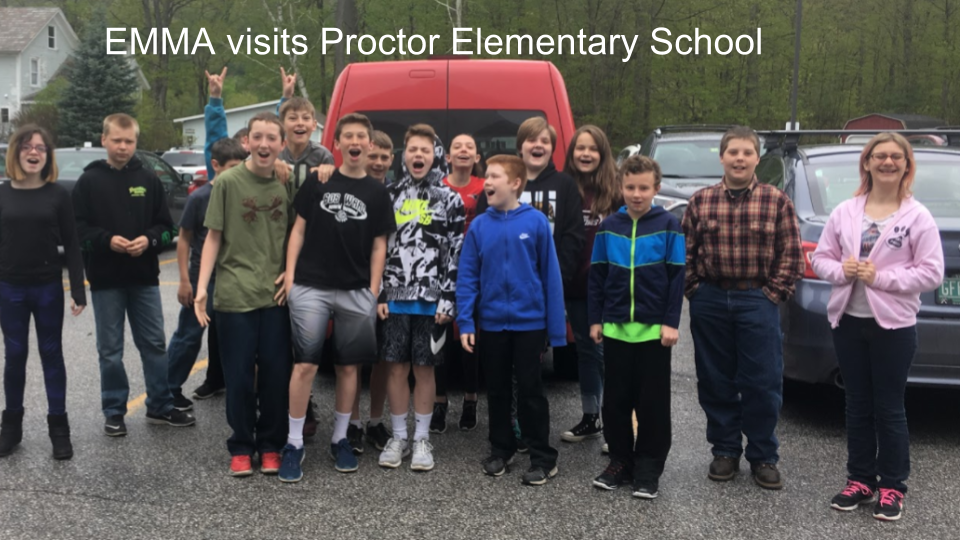
They start to see the world as made up of systems that work together to provide a certain function or outcome. Each part of the system interacts with other parts to influence the intended outcome.
The students were given a challenge – to make something that teaches someone something. By following the design thinking protocol they were able to create something that was meaningful to them and helpful to others! Students started by using empathy to carefully consider what they would teach and to whom they would teach it.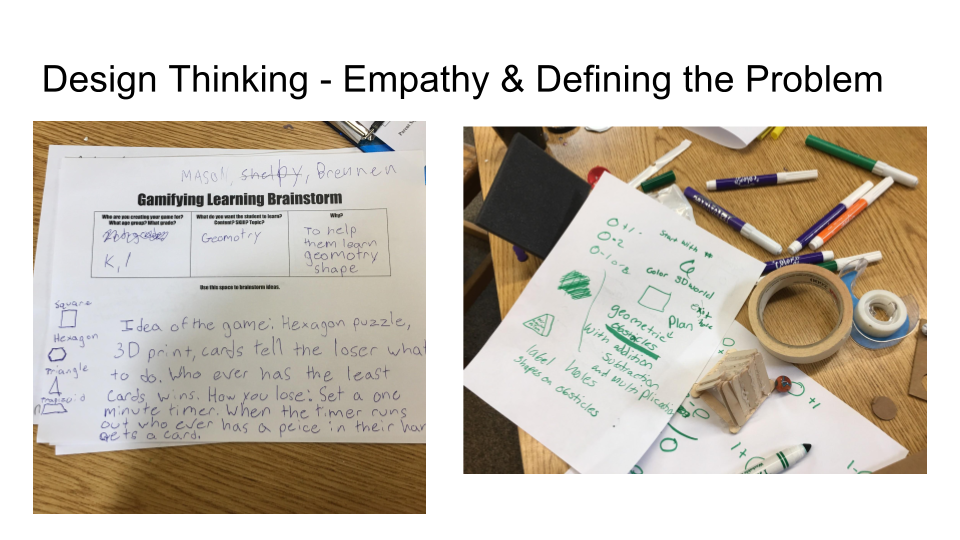
Game plan in hand, students arrived at the build session and were greeted by materials and tools provided by EMMA. When we unveiled the fact that EMMA was filled with PinBox 3000 kits, students were ecstatic and came quickly volunteered to help unload EMMA.
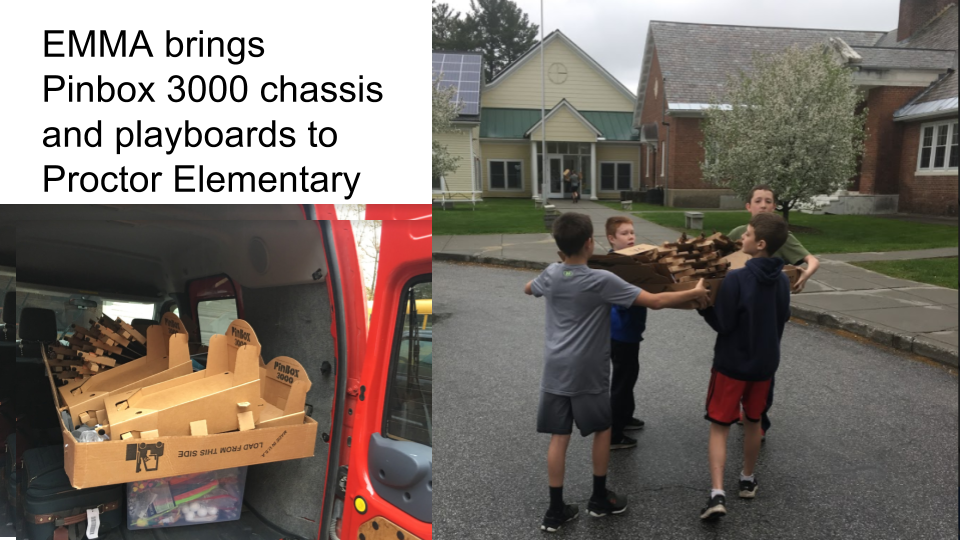
Eager to start building, we moved to the IDEATE (brainstorming) phase of Design Thinking. The ideas that were flying during the IDEATE session were influenced by both the materials that lay in front of students and the game plan they had produced during the EMPATHY and DEFINE phases.
Soon the tone of the conversations moved from the wild ideas to creating a prototype. It was easy to spot the different types of learners in the room as they took on different roles in designing parts of a game system. With so many ideas and materials at play, students needed to negotiate with each other to justify why their ideas would best meet the outcomes they had planned for.
The prototypes that emerged ranged from games that would make repetitive practice more engaging (math skills games) to models of more complex systems like deer hunting ethics.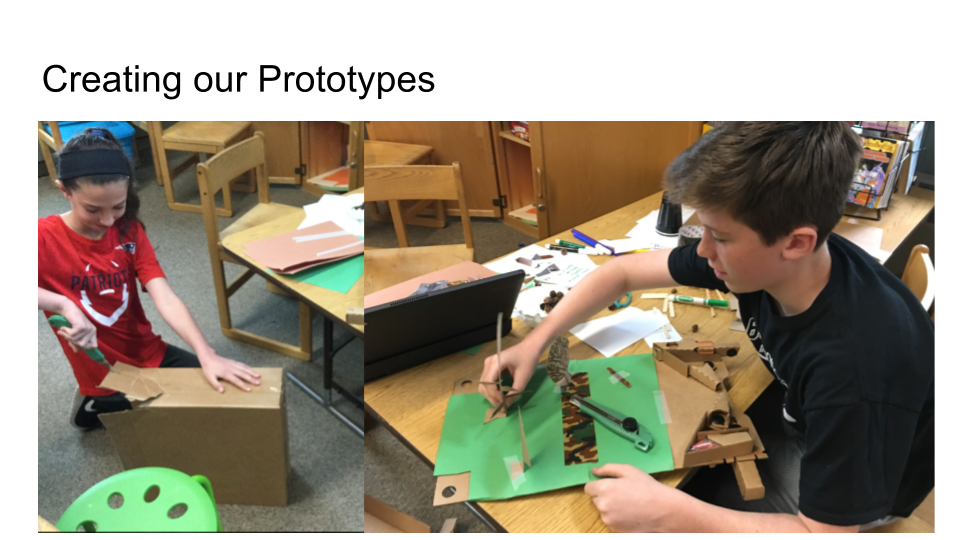
Soon, it was time to switch from “making” to explaining and listening. Students took turns sharing their prototypes, asking questions, and offering feedback.
As the school day came to to an end, the students were not ready to stop.
The room that had been filled with people, parts and tools now contained prototypes of game systems and well articulated plans for next steps.
Through making, students had a chance to engage with many of the performance indicators for Integrated and Informed Thinking.
The research process forced students to “synthesize information from multiple sources.” The PinBox games represented student efforts to “develop and use models to explain phenomena.” Many students had “applied systems thinking” to represent complex systems, such as the ethics of deer hunting or the progression of geological change, through their models.
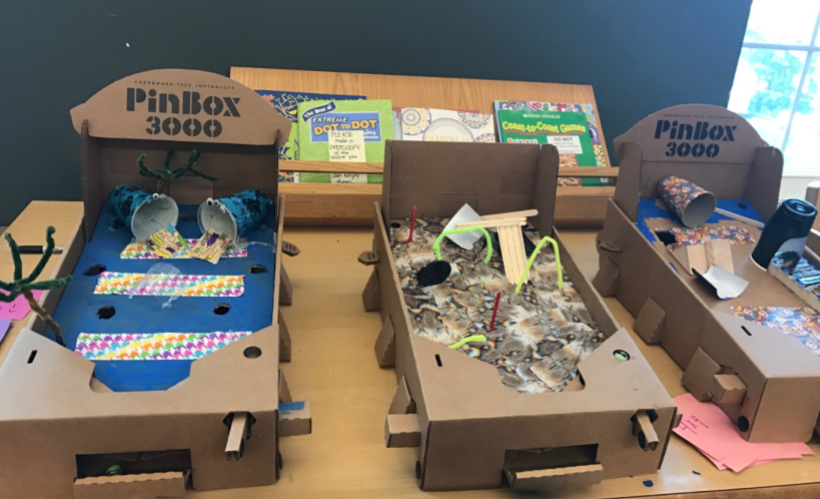
EMMA’s day at Proctor Elementary School is a good example of the ways that a rich making experience cuts across the Transferable Skills. Through each of these EMMA visits, maker-centered learning provided so many opportunities for students to grow in a wide variety of areas that include cross-curricular skills, discipline-specific skills and knowledge, and social emotional areas as well.
We believe that once students have had an organic, empowering, and authentic making experience, reflection rooted in the Transferable Skills can help students solidify their learning and identify evidence of growth and proficiency.
How do you tie making to transferable skills?
All posts in the series:
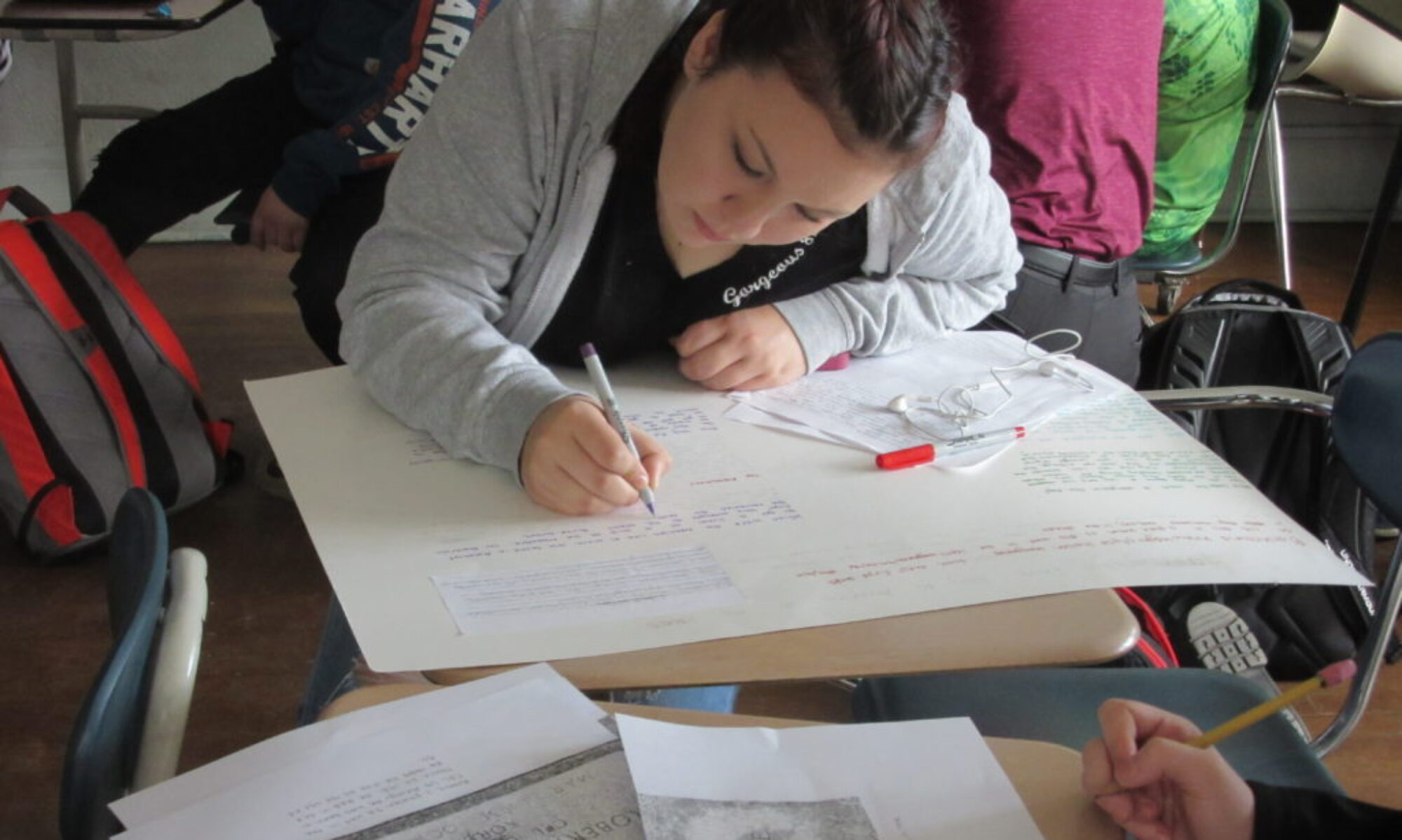

One Reply to “How making supports integrative and informed thinking”
Comments are closed.